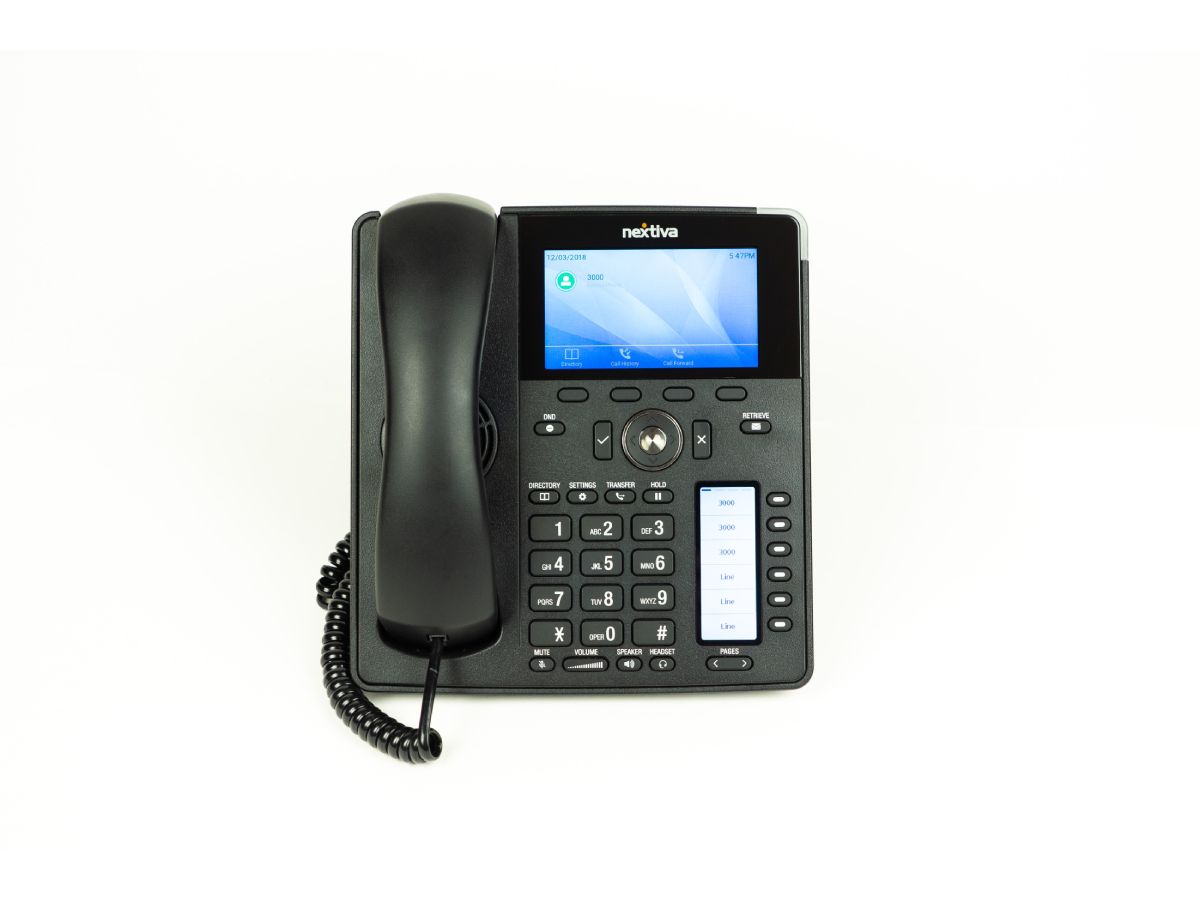When deciding on a business phone system, consider the features necessary to your company’s call flow. In addition to PBX phones, modern VoIP business telephone systems offer mobility that allows your employees to take calls from anywhere using any device with an internet connection.
Some systems also allow you to put music on hold, which is a much better option for customer service than the traditional silence of ringing.
Table of Contents
Caller ID
The right business phone system provides an impressive, professional appearance for callers and makes managing customer calls easier for your team. Some of the best designs have features like auto attendant, advanced call routing, and music on hold to streamline communications and boost productivity.
Some systems also have CRM integrations that empower employees to instantly access call history, notes, and product information on a single screen. This feature helps them handle calls faster by reducing the need to search for customer records and eliminates the risk of miscommunications.
Depending on the type of business, you may also consider software integrations that facilitate collaboration and allow remote workers to connect from anywhere. This includes options like audio and video conferencing and file sharing.
Call Waiting
Call Waiting indicates to the second caller that there is another incoming call on your line, allowing you to answer both calls without letting one go to voicemail or missing the other completely. This is a common feature included with many business phone systems today.
It prevents your customers from hearing a busy signal, which is a turn-off for them and could lead them to find other ways to contact companies they want to work with. This is a crucial feature for businesses looking to provide a positive customer experience.
Call waiting is ideal for solopreneurs with a lot on their plate and need to reduce wait time or small teams that need to transfer calls simultaneously. Larger companies and contact centers should consider other VoIP features like calling groups, visual voicemail, and call routing to distribute calls effectively.
Call Forwarding
Missed calls mean lost revenue. Missing a call also costs your business time and money when the customer calls back or gets frustrated after being put on hold for too long, only to be connected to the wrong department or agent.
With call forwarding, incoming calls are automatically sent to your employees’ mobile phones or home phone numbers (on a set condition that you determine), so they never have to miss any calls. This helps reduce the risk of losing customers to competitors.
It can also boost internal productivity. Suppose a team member is busy or out of the office. In that case, the call can be automatically forwarded to another team member’s phone or even to the main IVR menu without the customer knowing that the agent is not in the office.
Conference Calls
Often, business calls need to be routed to multiple people. A phone system may offer directory services for callers so they don’t have to wait on hold or get transferred several times to get ahold of the right person.
Conference calls allow multiple people to join a single call, even in different locations or countries. They use equipment familiar to callers, a “conference bridge,” connecting several individual telephone lines as if they were in the same room.
Having conference calling features on your business phone system is essential for effective communication. It allows you to communicate with customers and employees, no matter their location or time zone. It also helps you avoid losing valuable business opportunities by keeping everyone on the same page.
Hold & Transfer
Sometimes, you must put a customer on hold or transfer them to someone else. This is inevitable in high-call volume scenarios or when a caller needs to be directed to the right person to help them resolve their issue.
However, the way you handle these transfers and holds is critical. You want your customers to leave the call feeling like it was in their best interest. Otherwise, they will quickly feel annoyed by your customer service tactics and hang up.
Several business phone system software options provide warm transfers and pause buttons for holding calls. This gives your team the flexibility to connect a caller with another person and stay on the line to explain what is happening or ask for additional details.
Also Read: Phone Scams Are Everywhere – How To Protect Yourself




